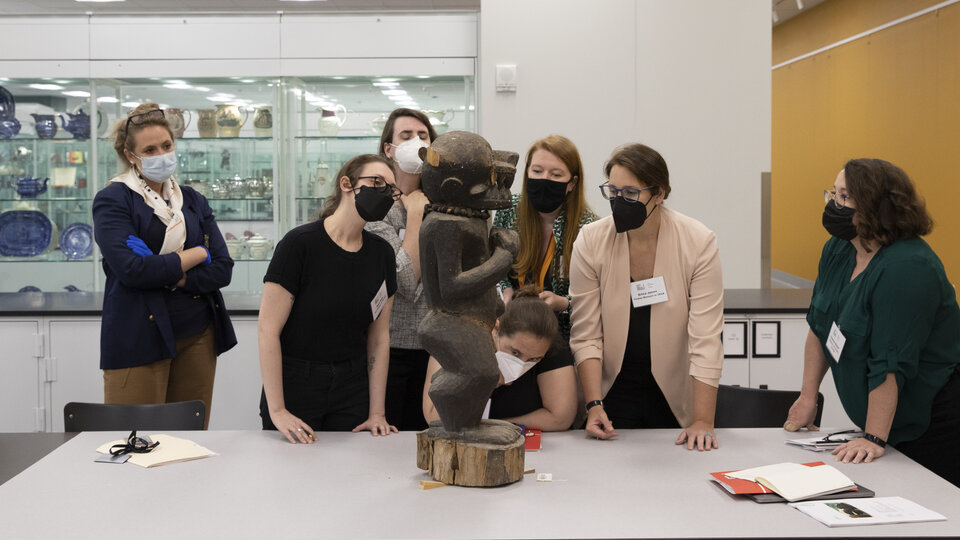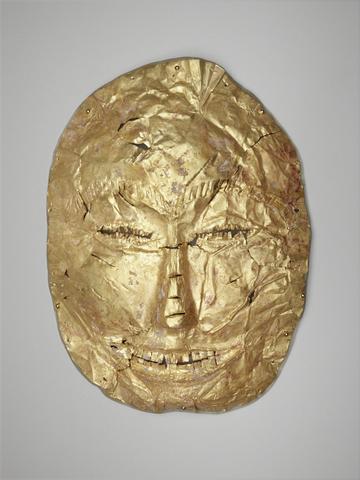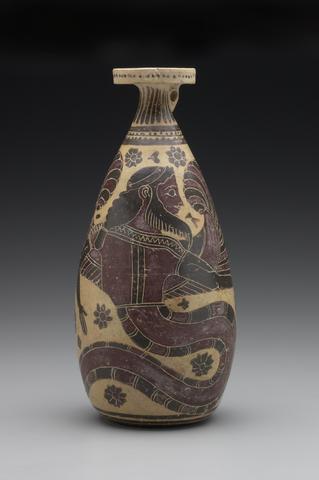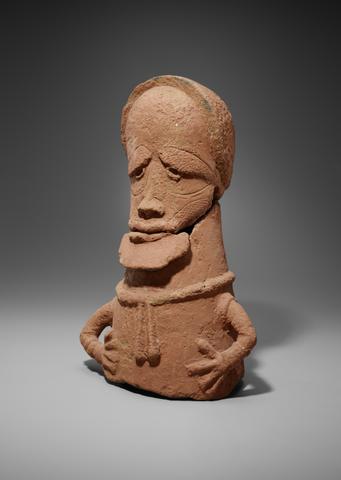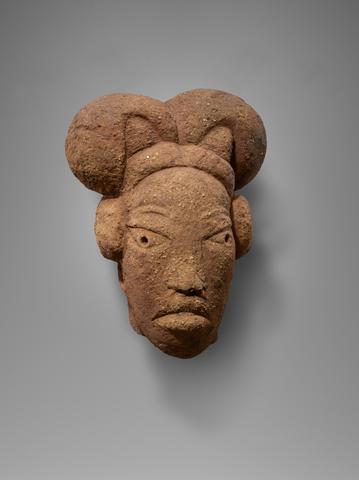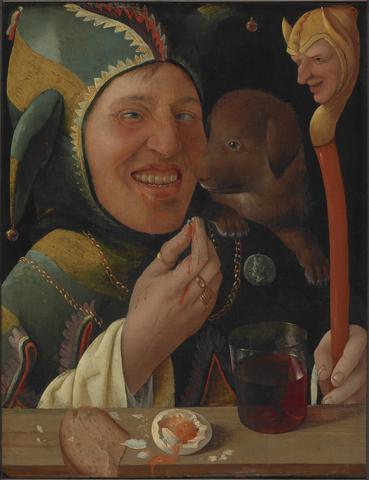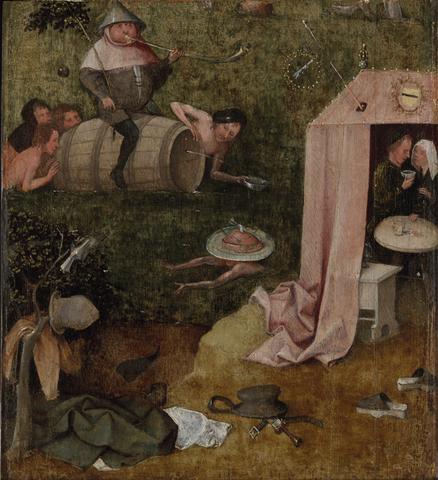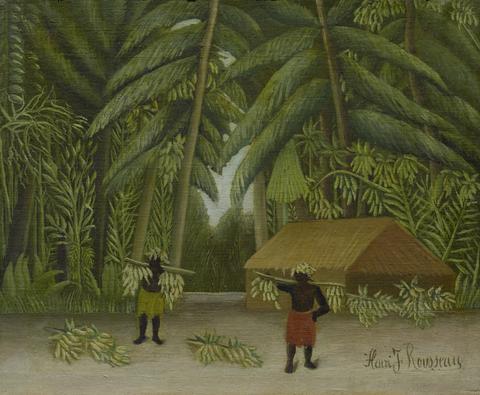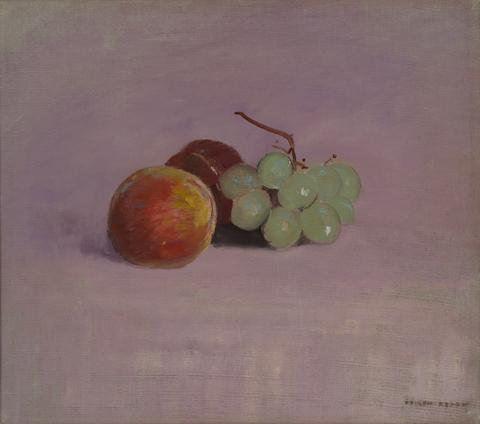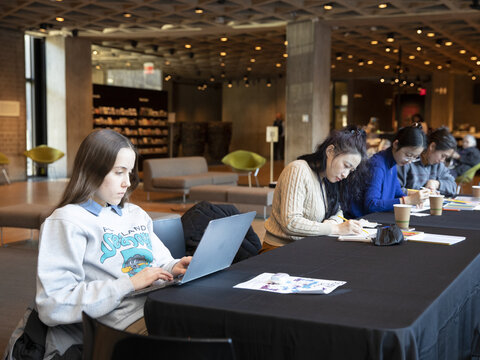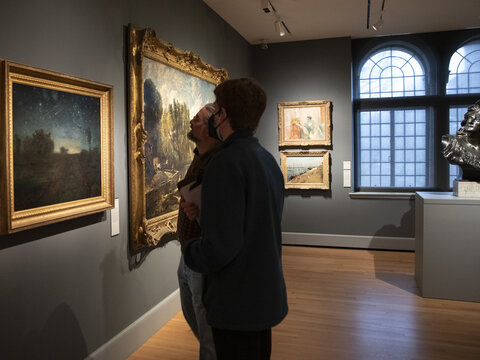Provenance research is the study of an object’s history of ownership, from the time of its creation to the present day. An essential facet of art-historical research, provenance research can provide information about an object’s condition, function, or value. It can also illustrate broader historical narratives, such as the biography of former owners, histories of the art market, and collectors’ tastes.
It is rare to have complete provenance for an object, especially for those that are centuries old. Missing information might be due to lost or destroyed documentation, or may be the result of a gift, purchase, or inheritance being made without written record of the exchange. In exceptional circumstances, research into the ownership history of an object can reveal changes in ownership caused by theft or plunder. Provenance research helps to ensure that museums collect in an ethical and legal way.
The Gallery provides provenance information for objects in the collection via its online collection pages. Provenance is subject to change as new information becomes available. Provenance research is ongoing, and the Gallery welcomes any information that would augment or clarify the ownership history of objects in its collection.
If you have provenance-related inquiries or information, please contact artgalleryinfo@yale.edu.
